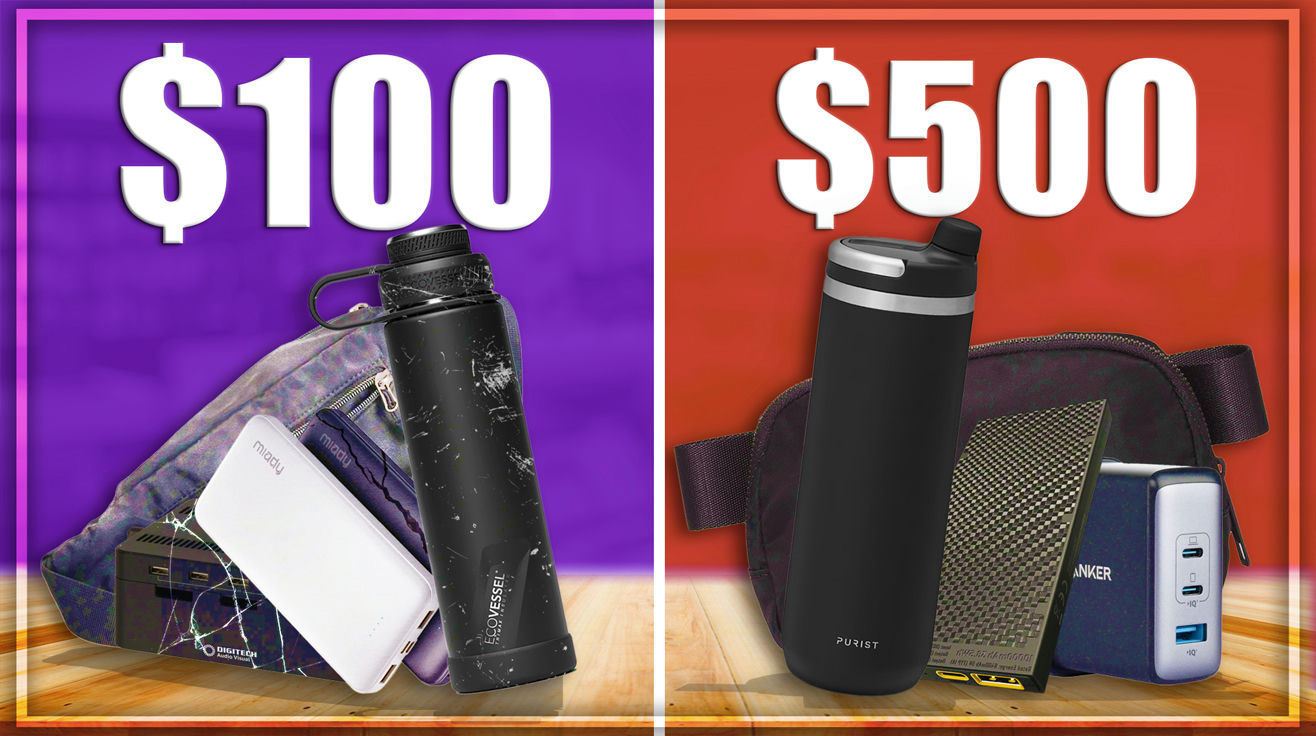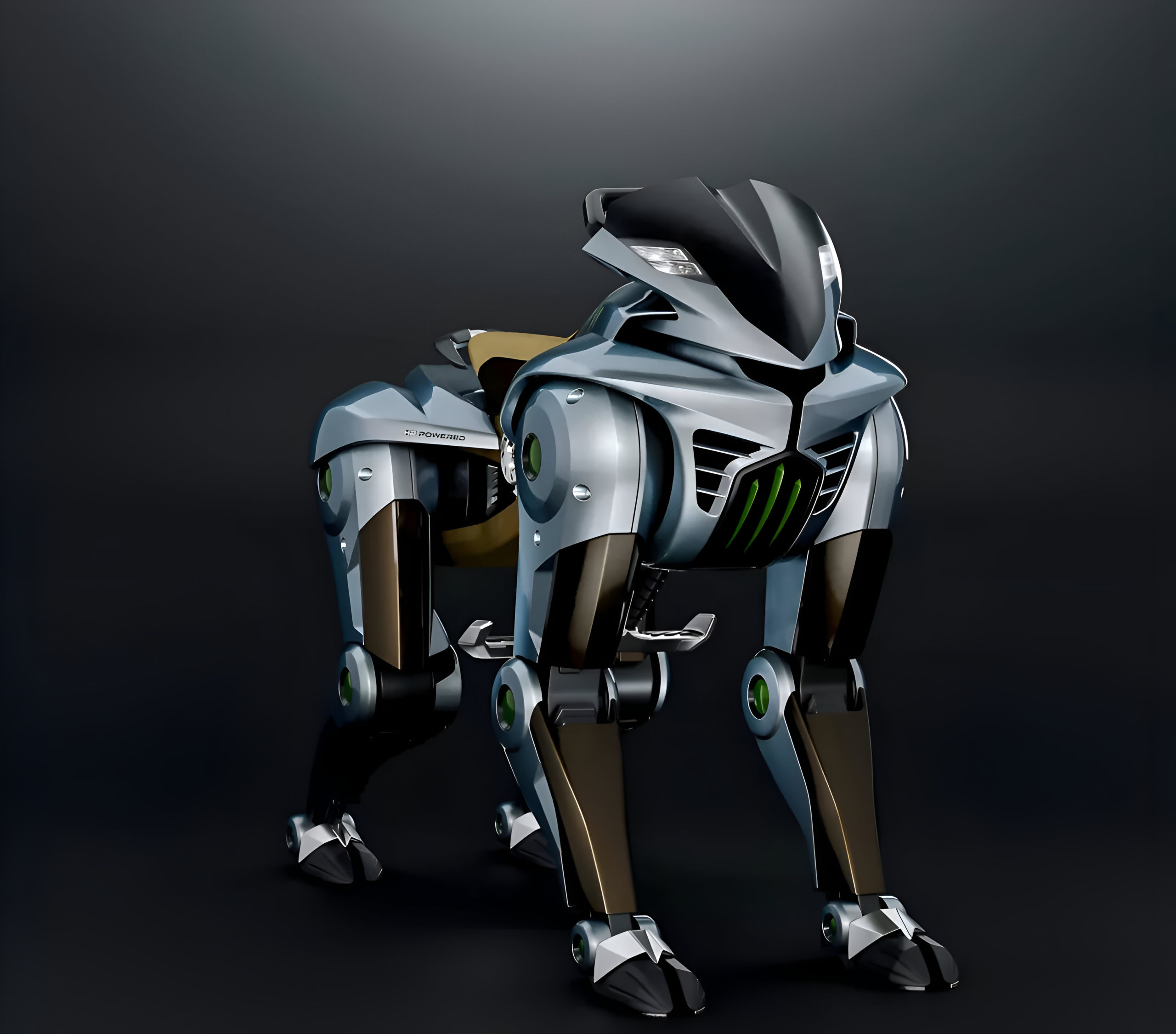Blown budgets and broken gear can ruin perfect trips. Most travelers overspend on unnecessary features while skimping where quality matters, and this common mistake leads to frustration and wasted money. Smart purchasing decisions balance cost with actual performance needs.
The solution starts with understanding how these items performed when actual customers used them – then making the big decision: spend more now or later?
13. Wall Chargers: Anker 735
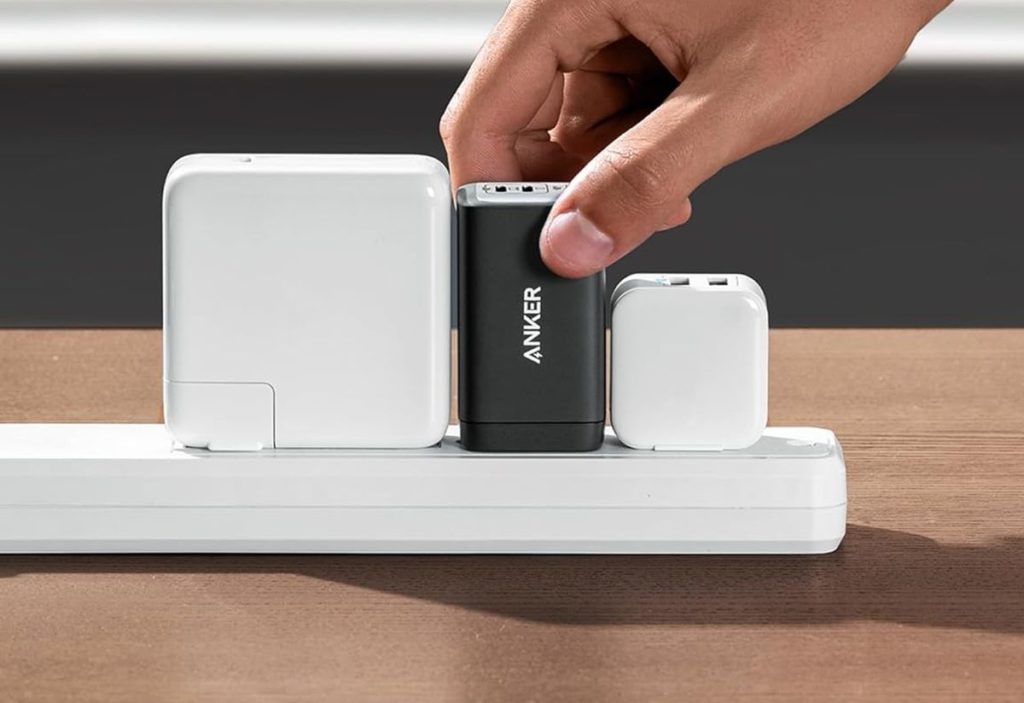
Dead devices mid-journey ruin travel plans, but these multi-port chargers keep everything powered up. Both pack three ports—two USB-C and one USB-A—for charging multiple devices simultaneously. The Diigotech includes a nylon-braided cord as a bonus. The Anker comes with a silicone stabilizer using suction cups that grip surfaces like a toddler refusing to leave a toy store. Even in cramped hotel rooms with limited outlets, these chargers turn one socket into a charging station for your entire tech collection.
12. Wall Chargers: Diigotech
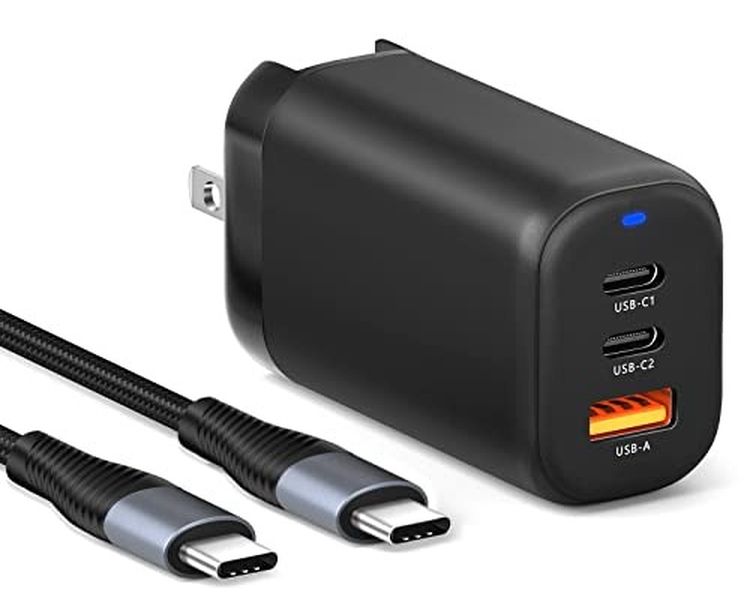
The Anker’s folding prong design saves valuable bag space while protecting other items from scratches. A dead iPhone 13 took Diigotech 1 hour and 45 minutes to revive. The Anker finished just 5 minutes faster. Those minutes matter when your boarding call echoes through the terminal. Design differences extend to their form factor—the Diigotech features recessed prongs that some travelers find more convenient for packing. Travelers rushing between connecting flights know that every minute spent charging can be the difference between making or missing a connection.
11. Wall Charger Showdown: Anker 735 Vs. Diigotech
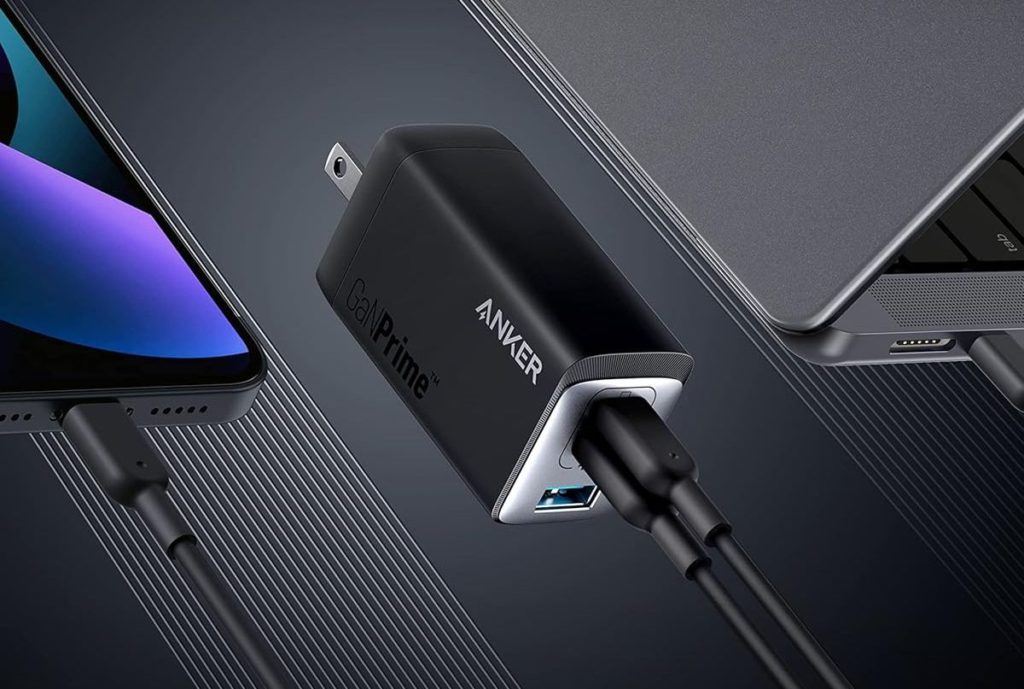
Durability is the major difference between these models. Similar to the best rugged smartphones, the Anker survives hard drops that would damage many electronics. The Diigotech performs well until environmental elements like sand or moisture infiltrate its USB port—creating unexpected failures at crucial moments. If you’re frequently moving between locations or shooting in challenging environments, the extra $15 for the Anker’s durability proves worthwhile within the first few trips.
10. Battery Banks: Maya D
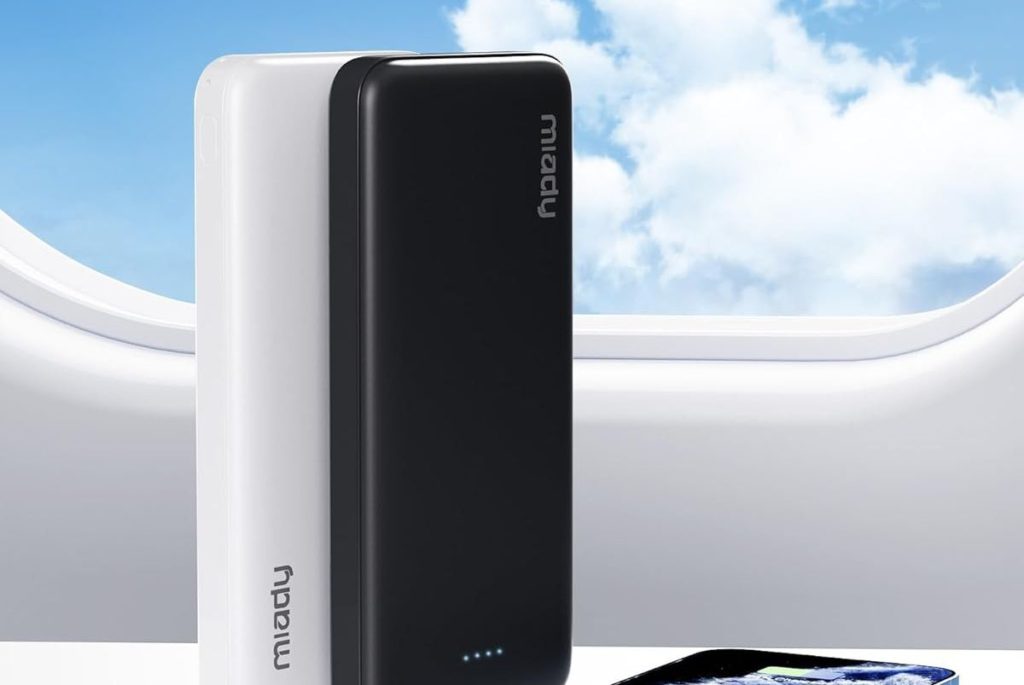
At just 5.3 ounces, the Nitecore battery bank weighs less than a smartphone while delivering massive power reserves. Its 10,000 mAh capacity and dual port system gives you versatile charging options. The standout feature? It can charge your device while recharging itself. The Maya D comes as a two-pack, perfect for sharing with travel partners or extending your power supply. During crowded conventions or festivals where wall outlets become rare treasures, having double the power capacity can save your digital lifeline.
9. Battery Banks: Nitecore NB10000
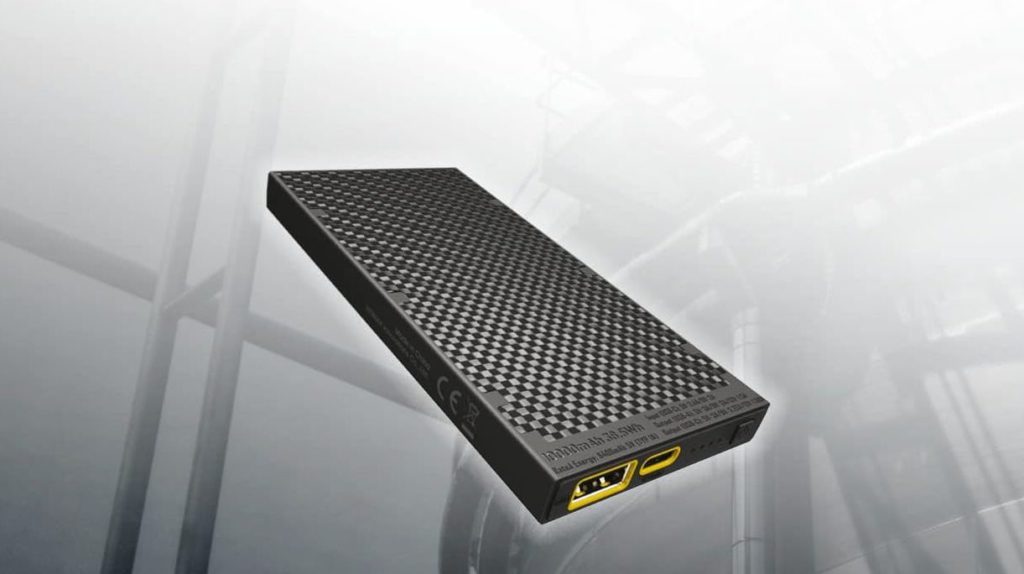
Caught with a dying phone at the airport? The Nitecore juices an iPhone 13 Pro in 1 hour 35 minutes. The Maya D needed 50 minutes longer for identical results. Recharging followed the same pattern. The Maya D required 4 hours and 7 minutes to refill. The Nitecore needed just 3 hours and 33 minutes. Power delivery speeds of premium banks can charge your device 30% faster—the difference between capturing that perfect sunset photo or staring at a black screen.
8. Battery Bank Showdown: Maya D Vs. Nitecore NB10000
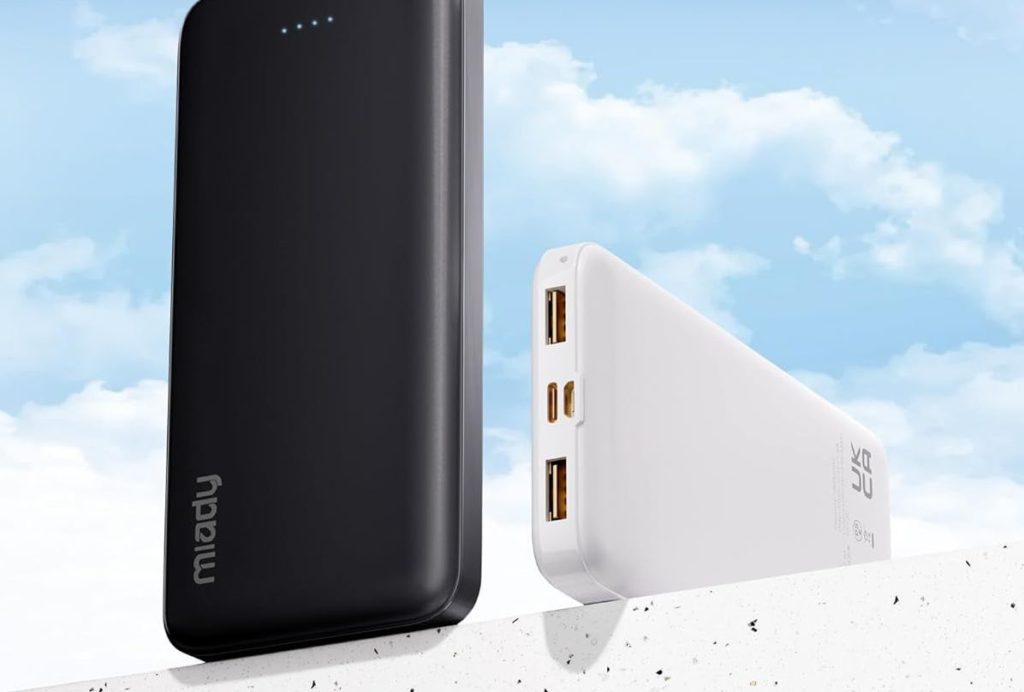
Weight in travel gear works like salt in cooking—too much ruins everything, too little leaves you wanting. Choose wisely based on your specific needs. For multi-day adventures where outlets are scarce, faster charging might justify the higher price tag. Travelers stuck on twelve-hour flights appreciate every minute saved once they finally reach a charging opportunity at their destination.
7. Sling Bags: Lululemon Everywhere Belt Bag
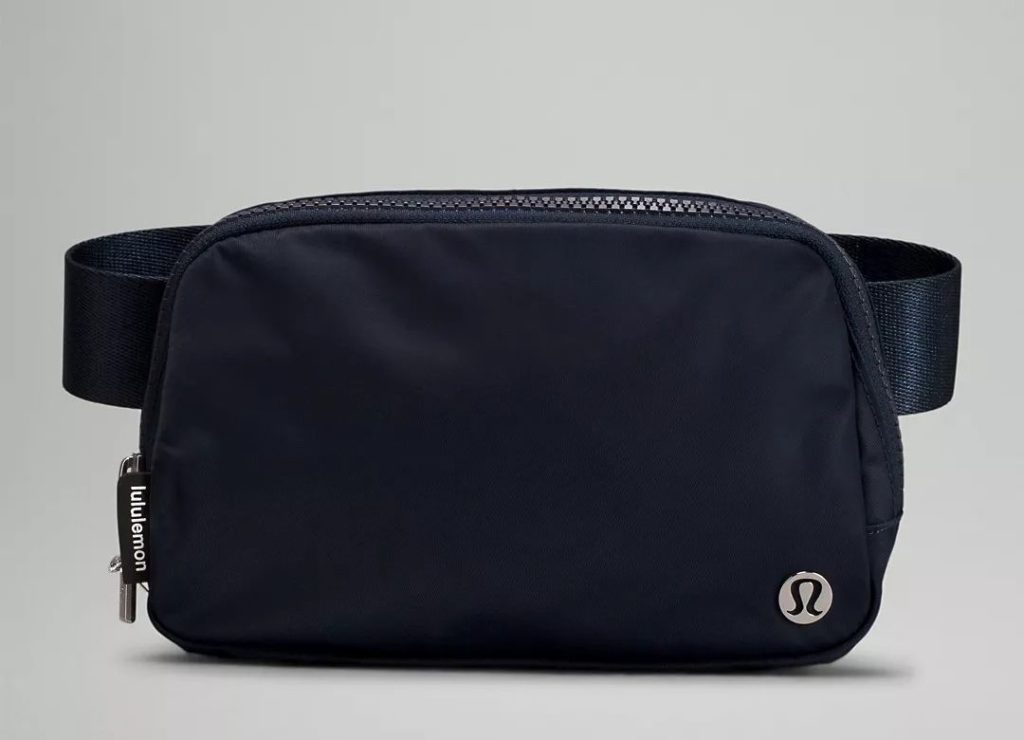
If you’re tired of digging through backpacks for essentials, these hands-free slings transform how you access travel basics. Both feature nylon exteriors for impressive durability. Their interiors use polyester to withstand daily use. The Lululemon strap feels noticeably softer against skin—a small detail that matters after hours of wear. It uses premium YKK zippers and Duraflex hardware.
6. Sling Bags: Lanel
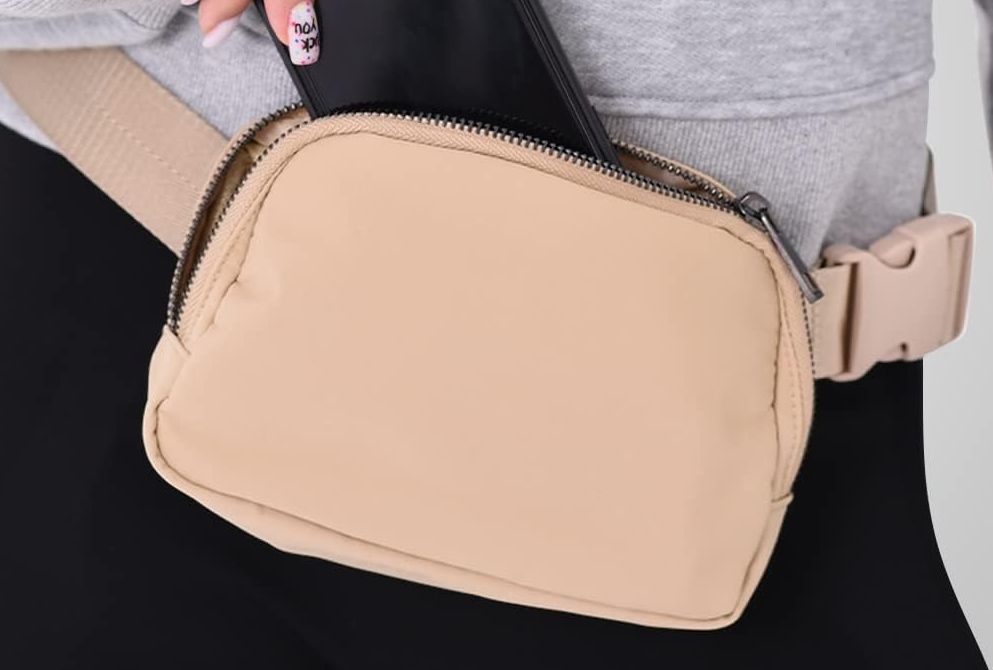
The Lanel, on the other hand, opts for unbranded components. The Lanel’s matte finish also looks sleek but picks up scuffs like a new car in a hailstorm. It also maintains a lower profile that some travelers prefer. You’ll save $20 with the budget option, but expect to replace twice as often due to wear pattern differences around stress points.
5. Sling Bag Showdown: Lululemon Vs. Lanel
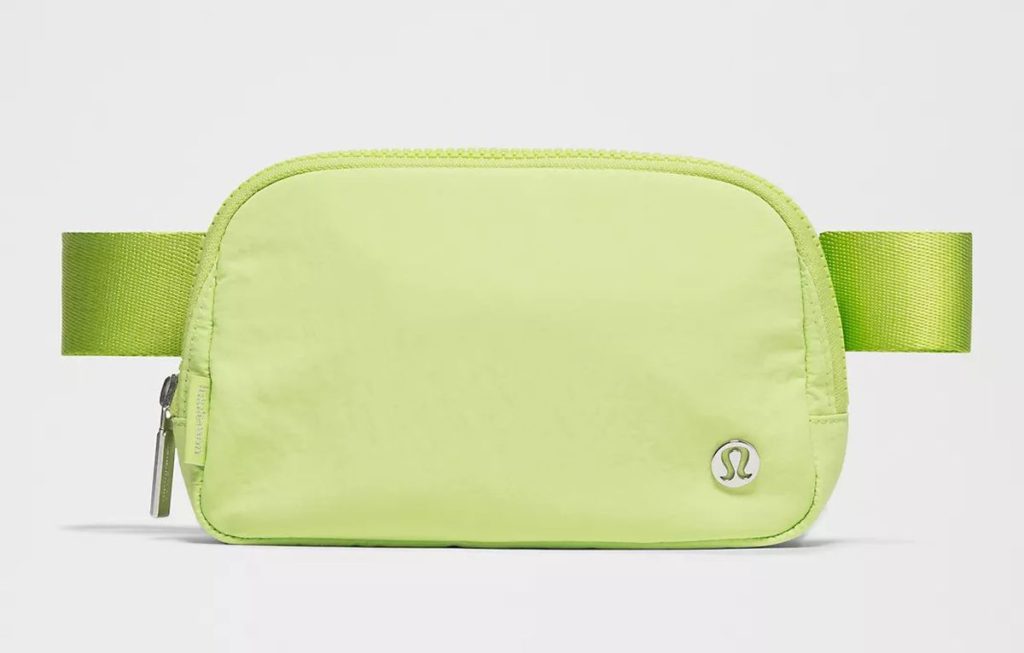
Wallet, passport, phone, and lip balm remain instantly accessible even when navigating crowded markets or rushing through transit stations. Both bags hold one liter of capacity each. When worn, they fit similarly around the body. Airport security lines, however, provide the ultimate real-world test for travel gear quality. Under pressure and time constraints, zipper performance becomes immediately apparent.
The Lululemon zippers glided through repeated openings during testing. The Lanel caught multiple times, creating that special kind of public fumbling everyone dreads. Fussy zippers during security create high-stress situations that budget options typically struggle with—potentially making your $38 investment worth every penny.
4. Backpacks: Goruck GR2
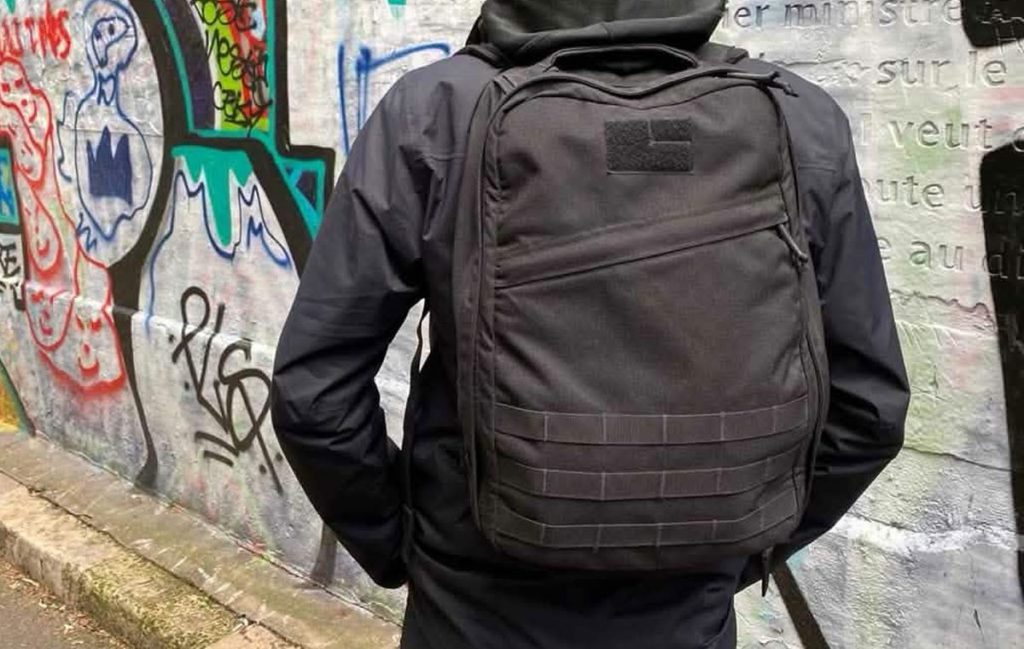
Many travelers report backpack failures during extended trips, a common problem the Goruck GR2 specifically addresses. It uses 1000D Cordura nylon built to withstand serious abuse. Its YKK zippers and Duraflex hardware handle years of daily use. The Goruck also keeps contents completely dry during heavy rain – again, thanks to the use of 1000D Cordura.
3. Backpacks: Samurai Tactical Wakazashi
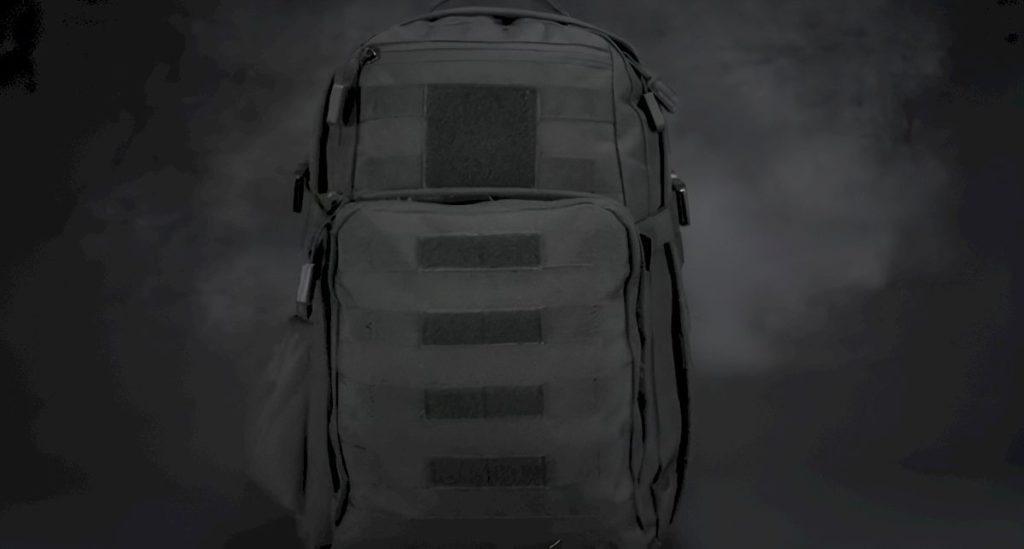
In contrast, the Wakazashi let moisture seep inside—disappointing when electronics or clothes need protection, but not entirely unexpected. See, the Wakazashi uses 900D polyester instead. It features unbranded zippers and hardware that cost less but may not last as long. Couple this together, and you have a very nice looking, if not particularly hard-wearing, bag.
2. Backpack Showdown: Goruck GR2 Vs. Samurai Tactical Wakazashi
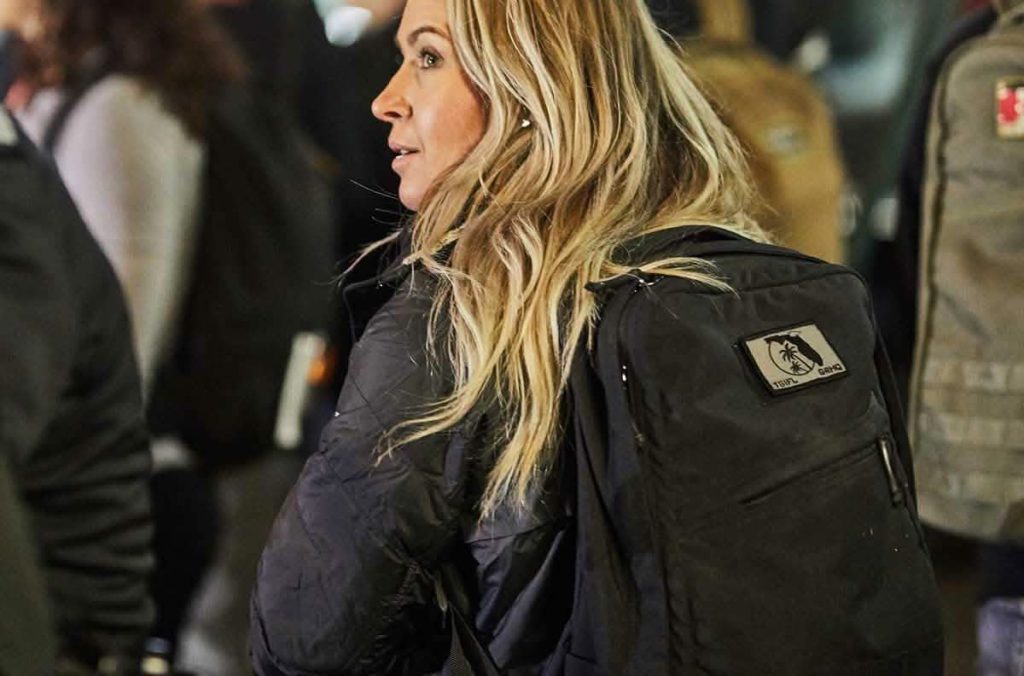
When caught between flight connections with no time to shop for replacements, reliable gear becomes worth every extra dollar spent. Unfortunately, during stress tests, the Wakazashi straps began tearing at the connection points. The GR2, on the other hand, withstood punctures and abrasions without visible damage – the Cordura construction once again comes in handy. Between this and the waterproofing, if you’re planning multi-day hikes or frequently travel in rainy climates, the GR2 is shaping up to be a much better buy.
The drawback, of course, is the $300 price tag and how stiff the bag feels. The stiffness will go away, though – much like how leather breaks in. Moreover, multiple owners have confirmed they’ve used the GR2 bag for more than two full years. That calcs out to less than 41 cents a day if you average that out. Compare that to how often you might have to replace a cheaper bag.
1. Water Bottles: Purist Collective Mover vs. Eco Vessel
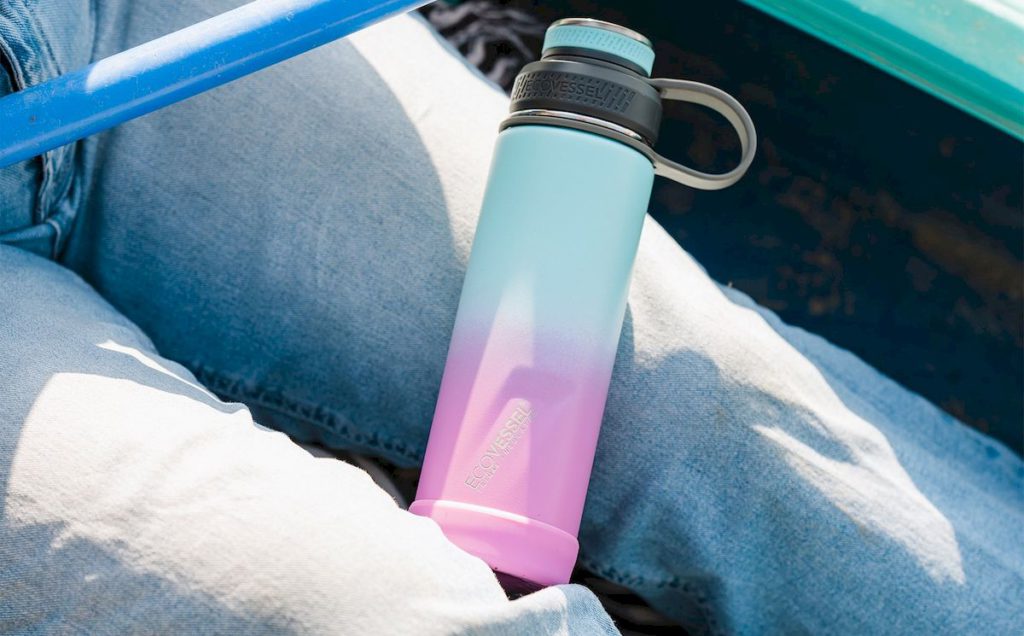
The Purist Collective’s biggest draw is the glass interior lining that eliminates that metallic taste you get from other water bottles. Plus, you’re much less likely to have that weird transfer of flavor when you swap out what’s inside. Yesterday’s coffee won’t taint today’s water, in other words. Both bottles share similar attractive designs and stainless steel construction. Neither survives dishwashers, so hand washing remains necessary. The small handles flip away when not needed.
After 12 hours at room temperature, the Eco Vessel warmed just 8 degrees. The Purist Collective rose 12. Under direct sunlight, the results showed an even bigger gap. The Eco Vessel increased 10 degrees while the Purist Collective jumped 15 degrees. Unlike other items on this list, though, the improved performance of the Eco Vessel will only set you back about $5. If you’re still not sure this is the right bottle for you though, then you might want to consider a few other options.

